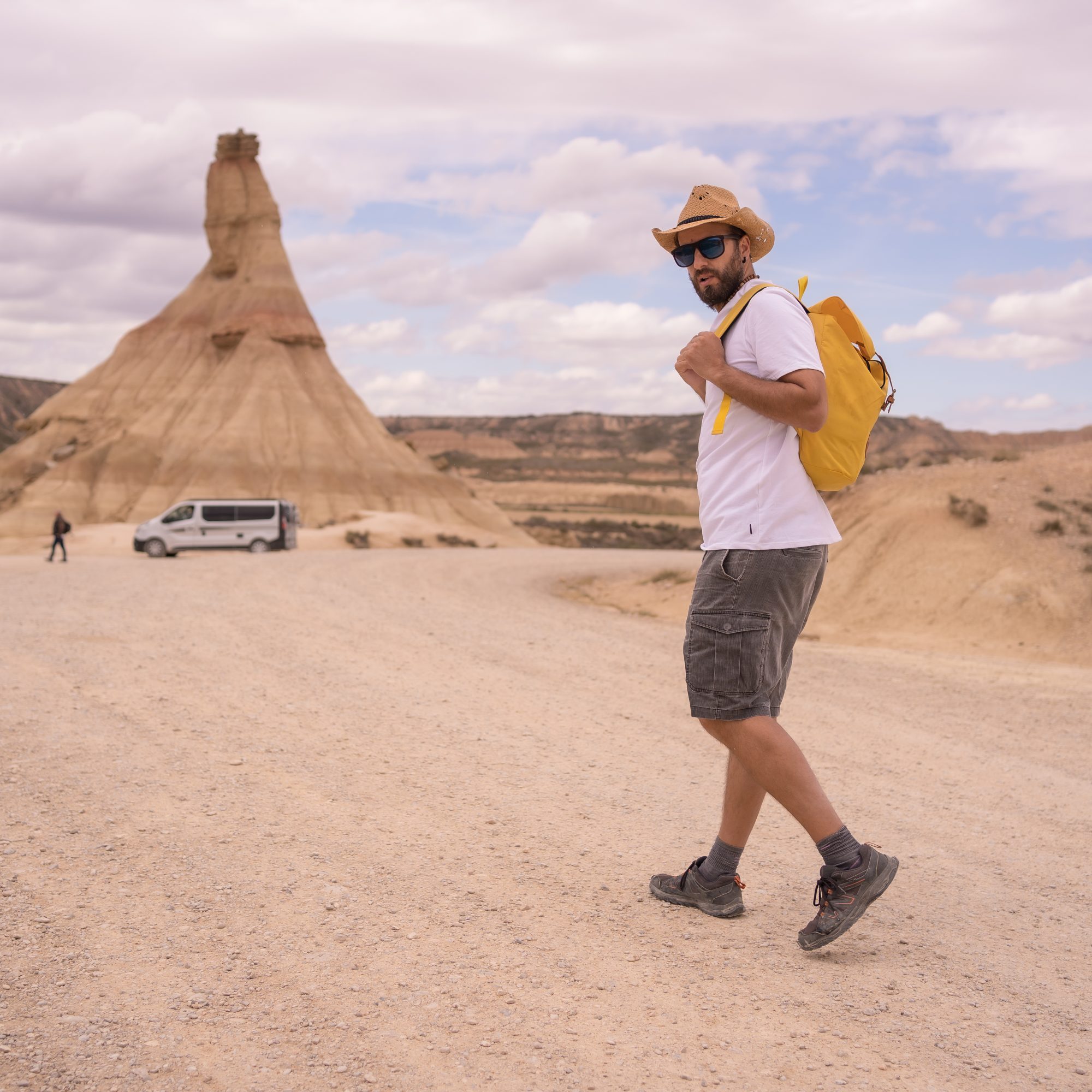Imagine hurrying through the narrow, cobblestone streets of an early morning Marrakech, the air still crisp, your camera slung over your shoulder. The promise of capturing an everyday moment in an extraordinary place thrills you. You might ask yourself, “How can I make my travel photography more than just another tourist snapshot?”
If you’ve ever found yourself longing for this, then you’re in the right place. Every great travel photograph conveys a narrative – it has a voice, a rhythm, and most importantly, a story. It’s a fact: a startling 76% of people decide to visit a place based on the images they see; however, only very few photos can evoke the awe-inspiring essence of a journey.
We all see, but do we observe? The key to successful travel photography is stepping beyond the realm of mere observation and venturing into the profound depths of storytelling.
Mastering the Art of Visual Storytelling
Let’s travel back to our imagined, bustling Moroccan streets. How can we bring it alive in the mind of someone who’s never been there? It could be the scent of the spices wafting from the souks, the rough texture of the traditionally woven carpets, or perhaps the vibrantly dressed locals bartering goods. Our goal is to capture elements that resonate a unique travel vision, similar to how you might see in different photographic styles.
Becoming a visual storyteller with your camera means shifting the perspective from what’s in front of your lens to what’s happening within it. It’s about crafting a sequence of visual messages and emotionally engaging your audience. It’s not just about isolating beautiful moments, but assembling them into a compelling visual narrative. Sometimes, it’s the minute details that paint the larger panorama.
Consider this: Are you only snapping pictures of what you see, or are you trying to encapsulate what you feel? Because storytelling isn’t just about capturing an image; it’s about eliciting emotions. It’s about planting the viewer in that effervescent Venetian carnival or quiet Himalayan monastery, regardless of where they’re currently sitting.
The Power of Context and Composition
A camera, akin to a paintbrush, is an instrument to compose an art piece. Strong composition and perspective are valuable tools to use while creating a narrative. You’re not just angling the lens; you’re refining the perception. A tilted view of the Eiffel Tower, or a Dutch angle of a busy Tokyo intersection, can change the entire feel of a photograph and what it tells.
Choosing Your Subjects
Choosing a subject is as vital as the click of the shutter. People tell stories. Their expressions, their actions, their surroundings, everything adds to your narrative. A grandmother selling flowers, a child playing with his pet, or a couple in a passionate embrace – they all have compelling stories to tell. And remember, the subject doesn’t always have to look into the camera. Sometimes, the magic lies in their unawareness.
Impart a Sense of Place
Incorporating elements of your surroundings can provide a sense of place. The gleaming steel and glass of urban skyscrapers or the rustic charm of a countryside barn can greatly accentuate your story. Signs, murals, or even graffiti can serve as markers of location. Using these elements can provide a context that enhances your narrative.
Don’t Fear Experimentation
Creativity lies in experimentation. It might be monochrome images that pull you in, or popping colors that captivate your gaze. Maybe it’s the influence of weather, the silent ambiance of the night, or the bustle of a day. There’s no hard and fast rule on what can make a story; everything depends on your vision. Be open to change; photography, like travel, should make you grow.
So the next time you set off on an adventure with your camera, look for the tales waiting to be told. Give the viewer an unspoken understanding of the scene, transporting them on an incredible journey without leaving their spot. Do they feel the hustle of the souks or the tranquil chants of the monastery now? Just remember, each photo is a narrative waiting to be unraveled, a story waiting to be told.


0 Comment